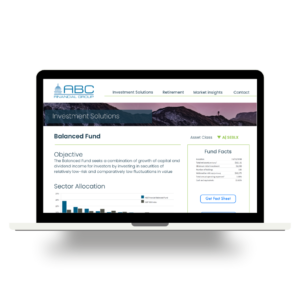Ditch the InDesign Security Blanket to Reach Your Automation Goals
When it comes to the automation of marketing materials like fact sheets, people often have a hard time letting go of their InDesign templates. This is understandable. Preserving the InDesign functionality gives marketers a sense of security, especially if they’ve been using this program for years. We see this scenario all the time in both large and small investment company marketing departments.
Typically, Marketing states their business problem as an extremely long and chaos-filled document update cycle. Everyone involved in collecting the data and putting the data points into InDesign templates is working long and miserable hours. They talk about the many cycles of proofreading and the last-minute changes that threaten time-to-market deadlines. They know their process is broken and they really want to fix it. What they are hoping for is a solution that makes all the difficult parts of the document updates go away, but leaves them with the freedom supported by the InDesign desktop publishing system.
Not every marketing team uses InDesign templates. You can substitute other desktop publishing apps like Quark, Word, Excel or PowerPoint and get the same narrative. Many firms even prepare finished documents in Microsoft Office formats despite the fact that the output is low quality.
The reason investment marketers and designers feel most comfortable with a desktop publishing environment is that they expect to always make late changes to the content and design and that InDesign is the best platform for this. Someone who lives and breathes InDesign considers it a security blanket such that when all else fails, they can still force the document to be what they want it to be and then send it to print. It’s very hard to convince someone to give up their security blanket.
A False Sense of Security: The Problem with InDesign and the Automation Mix
The argument for ditching InDesign from the automation mix is that the mere presence of a desktop environment creates a mindset problem that undermines every forward-thinking goal of creating a clean and scaleable production cycle. In other words, as long as there is a back door to the process, people will use it rather than thinking and working with the discipline that creates consistency and efficiency.
People love back doors and, in my experience, clamor to them every single time they are included in a process. The reason is that people naturally resist standards and controls. It’s almost an animal instinct to fight the “perceived” removal of any element of freedom in their lives. They fear the possibility of limitations. Sometimes, people sacrifice the opportunity to solve the 95% problem and focus on the 5% problem.
In a world requiring volume production of accurate, timely and compliant documents, there is a higher calling. We witnessed an asset management firm make this decision last year. The head of marketing operations went shopping for a document automation solution with the specific mindset of uninstalling InDesign from their operations. He challenged years of habit and a production team that lived and breathed InDesign in choosing this direction, but his mission was clear and well-stated; “An effective software solution or outsource relationship will allow us to focus on actual strategic marketing rather than updating documents. We’re removing as much document work from our lives as absolutely possible”. This guy hit the nail on the head — and he is seeing a positive ROI as a result.
The ‘Boss Problem’
The most problematic of the pathologies associated with keeping desktop tools in place is that product managers, portfolio managers, and firm partners (aka ‘the bosses’) will always feel they have carte blanc to push new ideas into production, frequently at the last minute. This means changing words, illustrations, and sometimes even numbers in hopes of making the document “better” without regard for size, space, fit or flow.
This “just do it because I said so” idea is not uncommon, and nobody wants to say “no” to these well-meaning, important, and intelligent bosses or their requests. However, what these people may not realize is that they are introducing late hours, support and QA nightmares, and headaches for the entire operations group with no specifically-measurable return on the pain (“ROP”). Which is to say that most changes being introduced in this matter do not sell more product, they just add to the underlying service costs.
Sometimes though, the origins of this desktop dependency lie within the marketing department. Therein may lie the belief, based on time-honored practices, that a desktop operator is needed to fix last-minute numbers, to adjust InDesign templates to make things fit and to otherwise take personal responsibility for the finished document.
Unless you intend your documents to be hand-crafted, all these problems can be solved via a quality document automation solution. The result will be an auditable, repeatable, and predictable production effort.
The onus is really on the head of marketing operations to establish a sustainable and cost-efficient communication program. They should work with stakeholders to develop a literature plan that includes awareness of the operational costs and risk metrics. If expressed in economic and compliance-risk form, they will usually gain approval for an efficiency-focused document automation plan.
Risks and Costs
In any literature production strategy that allows manual desktop efforts, you will have specific and ongoing problems. These include a lack of auditability of work, repetitive work efforts, inconsistent results, and quality control challenges. Even with terrific people at the keyboards, human factors naturally equate to quality, consistency, and compliance risks in this business. If a firm implements controls and automation through a content management solution but leaves the desktop “human factor” in place, then there will be a divergence of the documents and templates from the solution setup. We call this “document drift” and it’s pernicious.
Changes made in an ad hoc manner will completely undo the value being provided by a content management solution. In fact, early in Synthesis’s history, we composed final output using Quarkxpress. This allowed our clients to control the template and final document in a hands-on manner. Out of the six clients deployed on this platform, only one managed it well. Even they had to pay for annual remediation efforts to get the documents and system back in sync. Once we converted them to fully automated output this was never a problem again.
Conclusion
Ultimately, the goal is to efficiently produce high-quality literature. This literature is simultaneously accurate, well-branded, and compliant. (Add this to your department charter if you like). In 22 years, I’ve learned efficiency goals are never fully realized when desktop tools remain in the mix. My recommendation to marketers is to ditch the InDesign templates security blanket and choose automation. In the end, it’s a better approach to accomplish your goals. Also, it will win points with your marketing team and your boss.
Here are some related resources that might interest you:
 From the Blog: 3 Factors that Complicate Factsheet Automation | 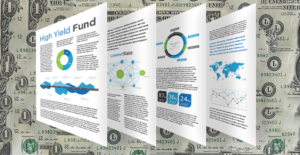 From the Blog: How much does it cost to automate factsheets? 🧐 | 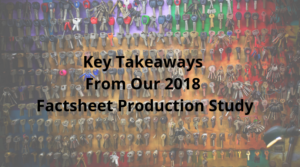 From the Blog: Key Takeaways From Our 2018 Factsheet Production Study |





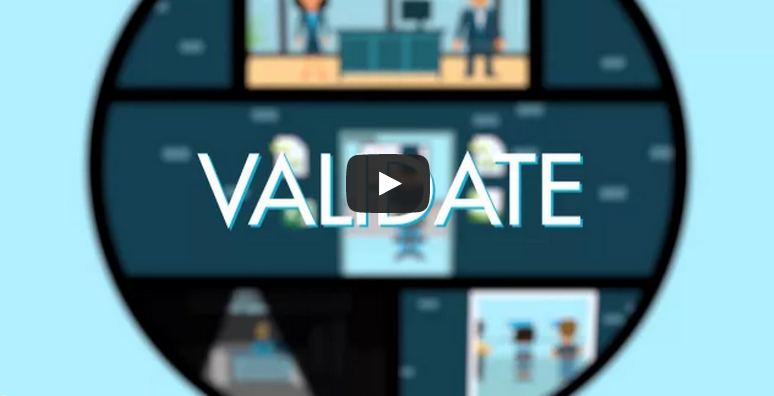
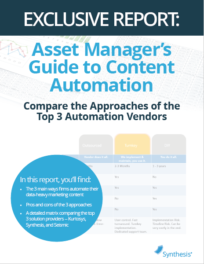 Compare the Top 3 Finserv Content Automation Vendors [White paper]
Compare the Top 3 Finserv Content Automation Vendors [White paper] Create Pitchbooks the Drive Sales [White paper]
Create Pitchbooks the Drive Sales [White paper] Build vs. Buy: Should Your Financial Services Firm Outsource or Insource Marketing Technology? [White paper]
Build vs. Buy: Should Your Financial Services Firm Outsource or Insource Marketing Technology? [White paper] 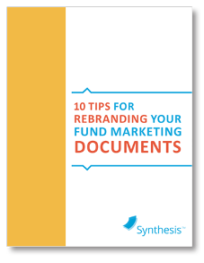 10 Tips for Rebranding your Fund Marketing Documents [White paper]
10 Tips for Rebranding your Fund Marketing Documents [White paper]


